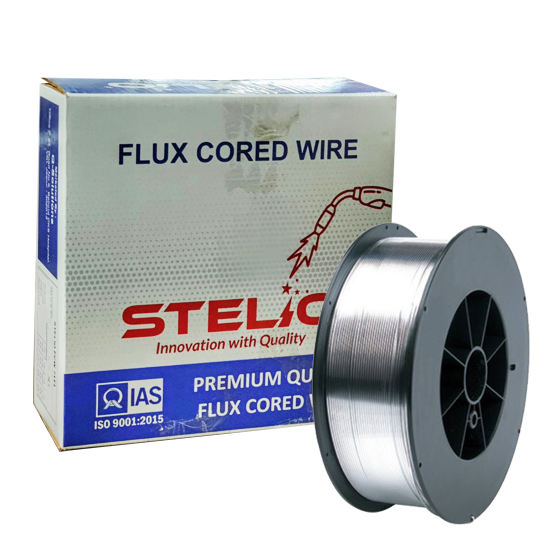Stainless steel continues to gain popularity in applications across the
fabrication industry, mainly thanks to its corrosion resistance, strength, and
toughness. Compared to mild steel, however, the material poses some welding
challenges, especially for less experienced welders. Stainless steel can be
three to five times more expensive than mild steel; any welding mistake can
compound the overall costs for rework.
Choosing the right welding process is key. There is a give-and-take with every
option, and no single process provides a perfect solution. To determine the best
option, fabricators need to consider the upfront cost and characteristics of the
filler metal, required productivity, equipment complexity, and operator skill
set.
For example, arc welding processes often use a filler material to join two workpieces together, while resistance welding does not. In resistance welding, pressure is a major factor in the completion of a weld, while arc welding doesn’t rely on this as much.

